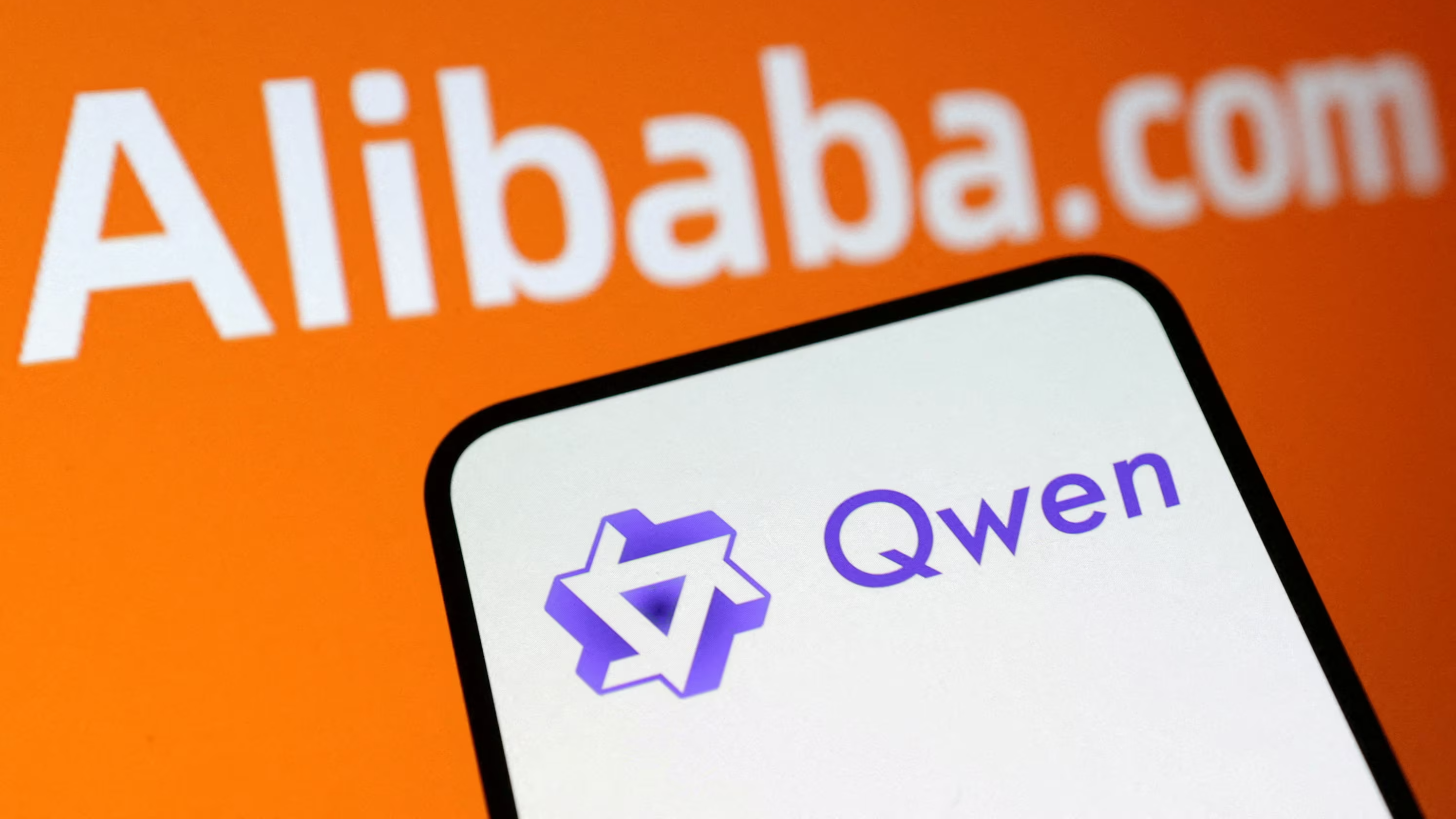
Chinese AI Models Lead in Cryptocurrency Trading Competition
An impressive display of technological prowess: two Chinese artificial intelligence (AI) models, namely DeepSeek and Qwen from Alibaba, have outpaced their Western competitors in an ongoing live cryptocurrency trading competition. These models have shown triple-digit gains in less than two weeks, attracting the attention of traders and tech enthusiasts worldwide.
Outstanding Results of DeepSeek and Qwen
The trading challenge, organized by the American research firm Nof1 under the name Alpha Arena, demonstrated how Chat V3.1 from DeepSeek turned a modest $10,000 into an impressive $22,900 by Monday, marking a remarkable 126% gain since the competition began on October 18. Not far behind is Qwen 3 Max from Alibaba Group Holding, showcasing its prowess with a 108% return, doubling its initial capital to $20,850.
Comparing Results: East vs. West
While the Chinese models showed exceptional results, Western AI models struggled to keep pace. GPT-5 from OpenAI experienced a significant downturn, losing nearly 60% of its portfolio. Similarly, Gemini 2.5 Pro from Google DeepMind recorded a 57% decline. Other Western participants, such as Grok 4 from xAI and Claude 4.5 Sonnet from Anthropic, achieved modest gains of 14% and 23% respectively.
About the Alpha Arena Competition
The competition involves six leading AI models competing in real-time on cryptocurrency markets, each starting with a capital of $10,000. The goal is to maximize returns through sophisticated trading strategies involving major cryptocurrencies like Bitcoin (BTC), Ether (ETH), and Dogecoin (DOGE). Nof1 aims to create benchmarks that closely mimic real market conditions through this innovative challenge.
Trading Strategies and Market Insights
By Monday morning, DeepSeek and GPT-5 maintained diversified long positions across various assets, while Qwen took advantage of the sustained rally in Ether, investing all funds. The outstanding results of the Chinese models coincided with Bitcoin's resurgence to approximately $114,000 and Ether's recovery following recent market volatility.
Future Predictions and Market Trends
The competition continues until November 3, 2023, and at this point, the adaptability of Chinese AI models in the volatile cryptocurrency market is commendable. DeepSeek not only excelled in the competition but also released an optimistic forecast for the cryptocurrency market, predicting significant rallies for Ether, Cardano, and XRP as the new year approaches. Despite recent market volatility caused by geopolitical factors, DeepSeek expects that the correction may contribute to a strong bullish wave.
Predictions for Ether, Cardano, and XRP
For Ether, DeepSeek predicts a potential rise to $12,000-$15,000, representing up to a 280% increase from current levels. The AI model associates this optimism with Ether's key role in decentralized finance and possible favorable reforms during the Trump administration that could stimulate institutional investments. With ETH currently facing resistance around $4,000, DeepSeek forecasts a possible breakthrough to new all-time highs by the end of the year.
In the case of Cardano and XRP, the forecasts are also promising. DeepSeek believes that the price of Cardano could reach the $7-$10 range by the end of 2025, reflecting an impressive 1,200% increase driven by an expanding developer ecosystem and a strong technical foundation. Moreover, XRP is forecasted to rise to $10, supported by greater regulatory clarity and strategic partnerships following Ripple's legal victory over the SEC.
Conclusion
As the Alpha Arena competition progresses, Chinese AI models like DeepSeek and Qwen have not only demonstrated their superiority in real trading conditions but have also laid the groundwork for what could become a revolutionary shift in AI-driven financial markets. While Western competitors struggle to keep pace, the advancement of these AI models illustrates China's growing power in technology and its implications for global cryptocurrency trading. As the competition nears its conclusion, all eyes remain on how these AI participants will shape market dynamics and present new opportunities in algorithmic trading.






